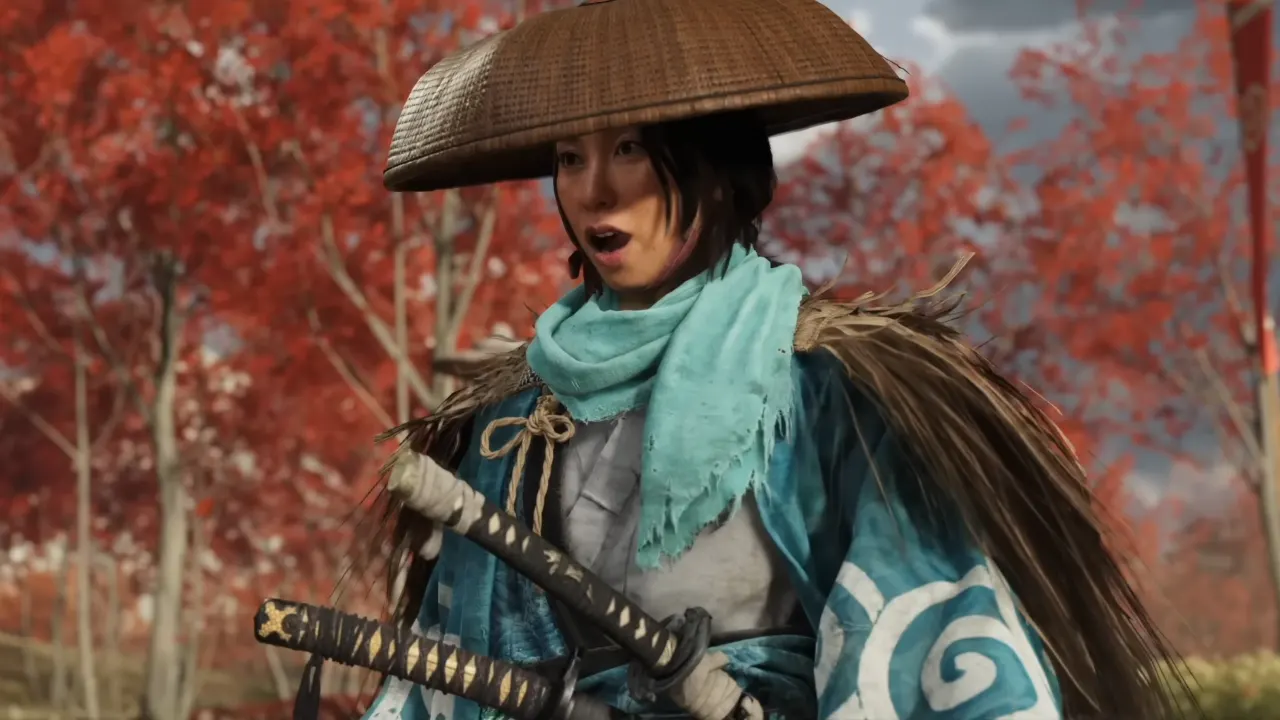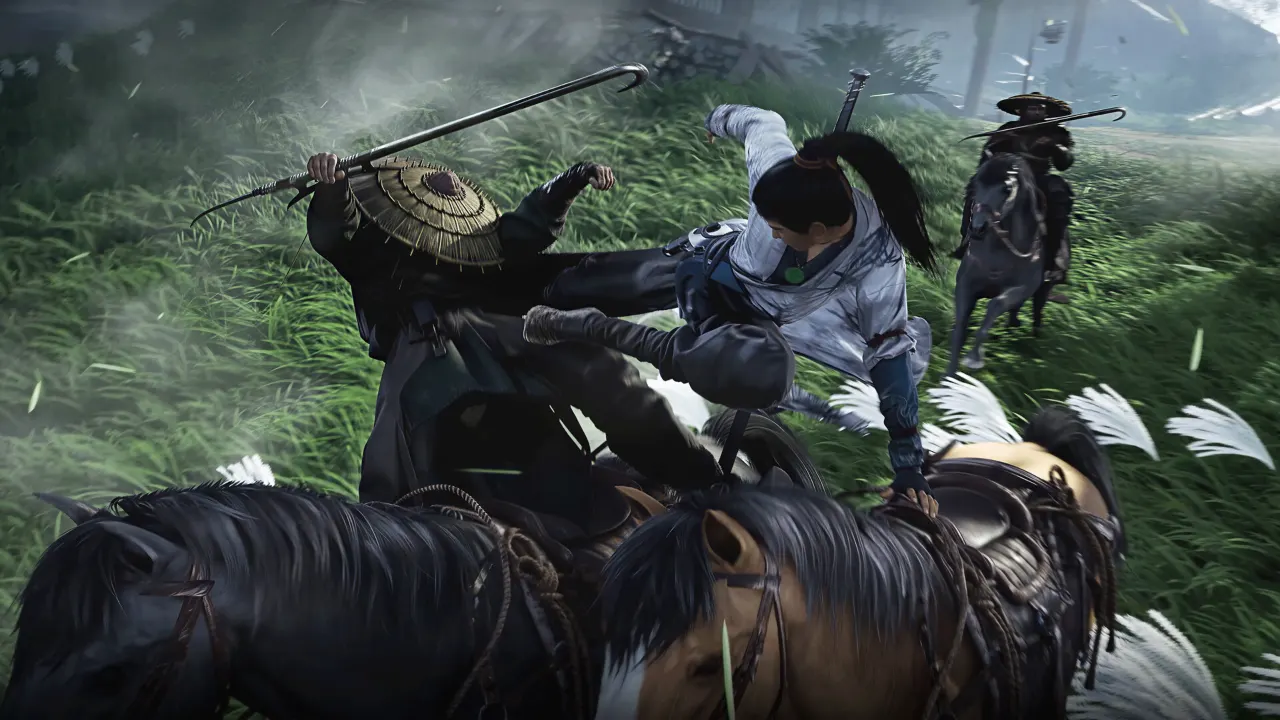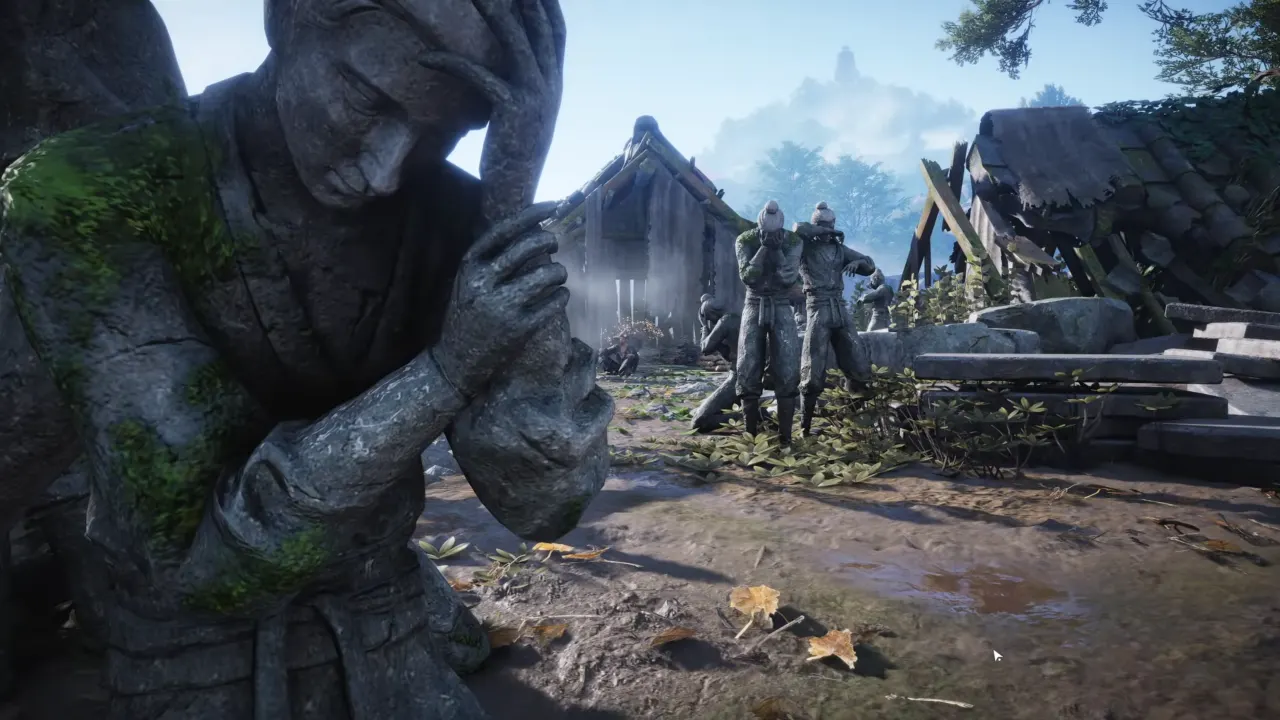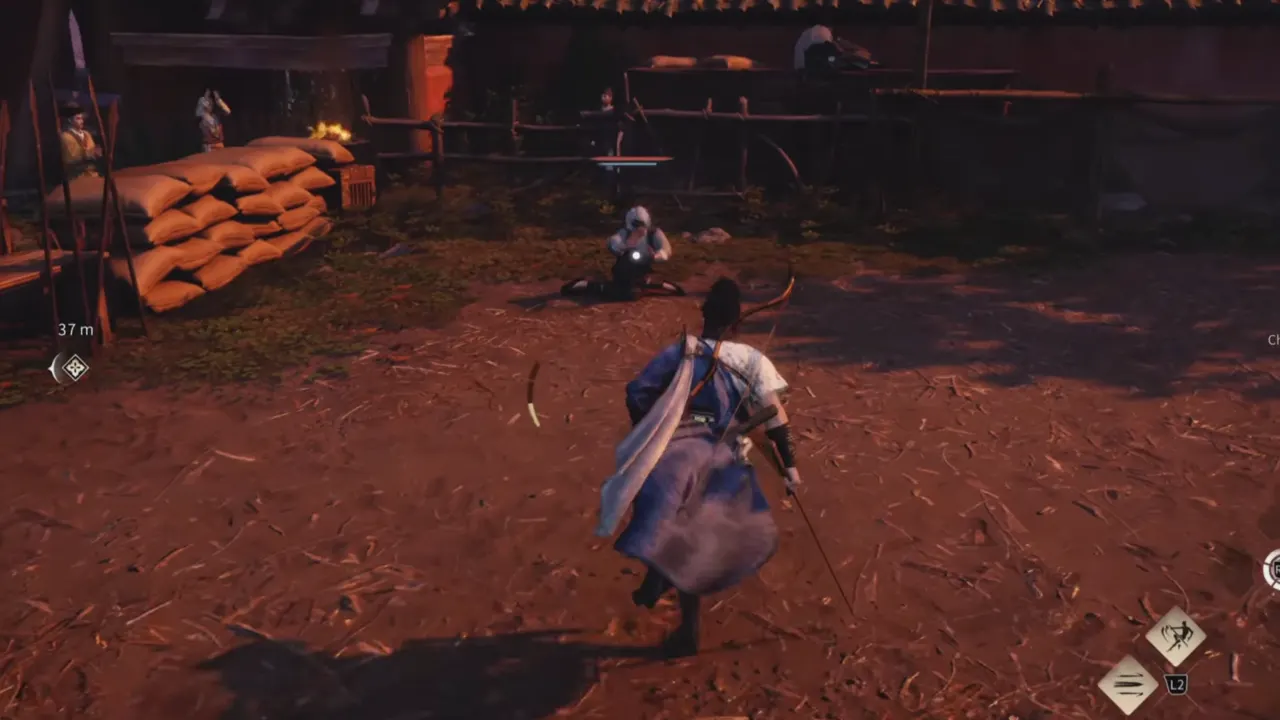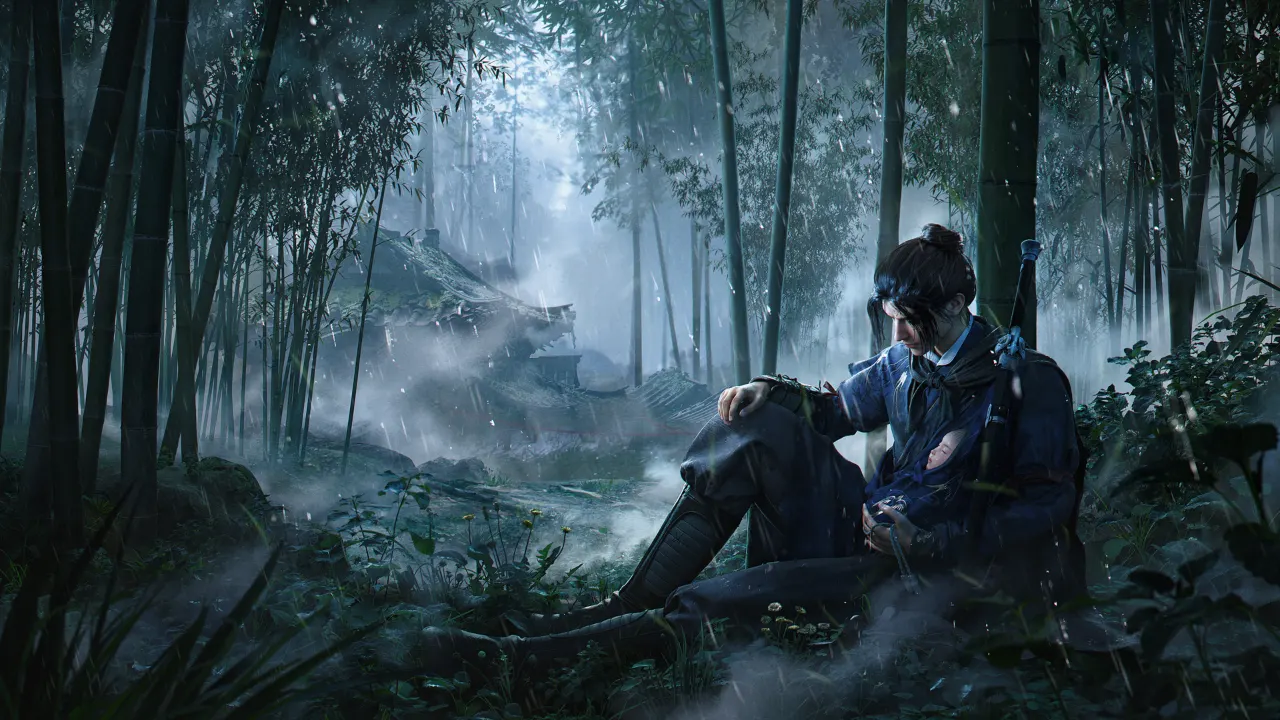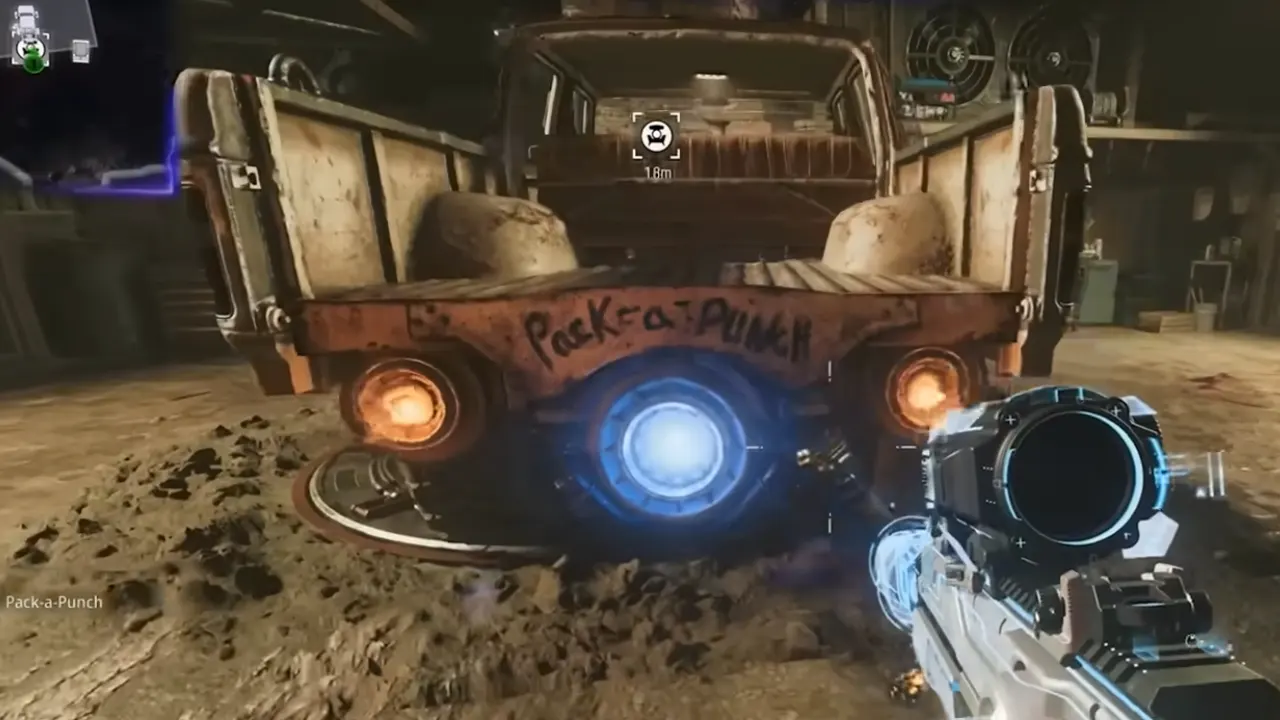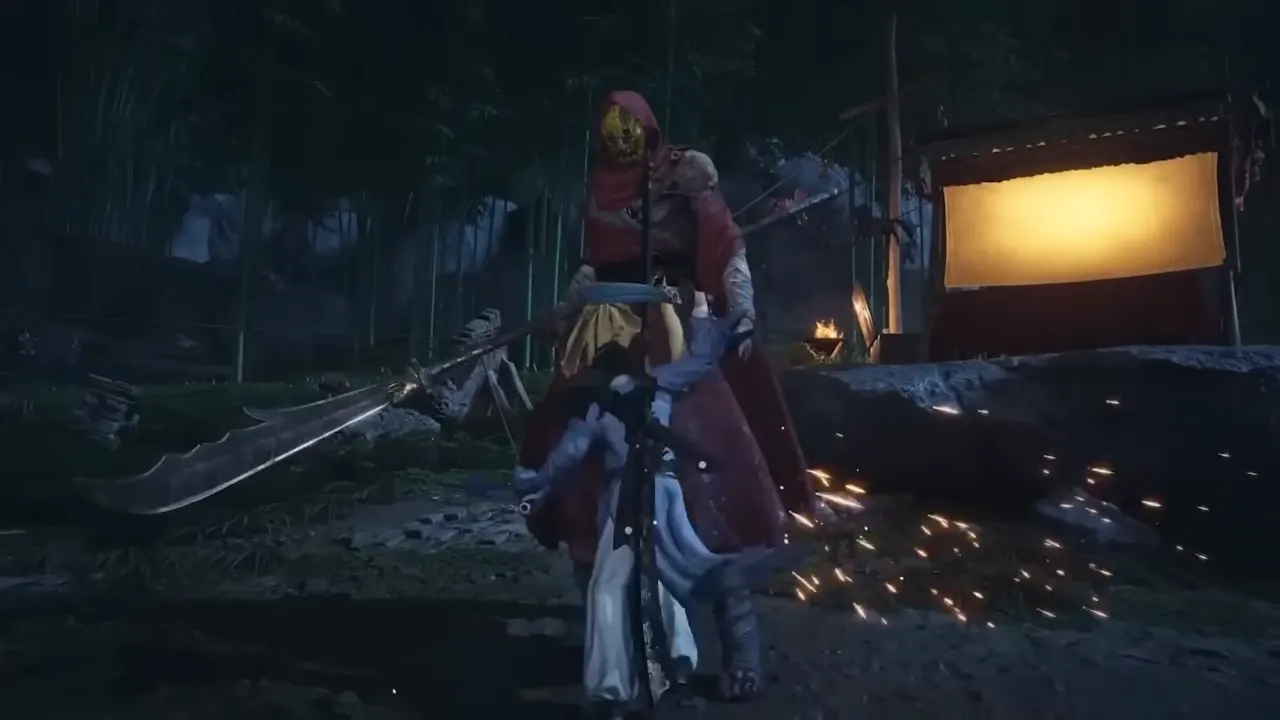Ghost of Yotei is set to release in less than 24 hours on October 2, 2025, at midnight local time. It’s Sucker Punch’s follow-up to Ghost of Tsushima, but not in the “direct sequel pick up right after the credits” kind of way. Instead, the game is set 300 years later with a completely different protagonist, Atsu. Which raises the obvious question, “Do you need to play Ghost of Tsushima Before Ghost of Yotei?” The short answer is no, you don’t necessarily need to play Tsushima to enter Yotei. Let’s break down everything.
Should You Play Ghost of Tsushima First to Understand Ghost of Yotei?
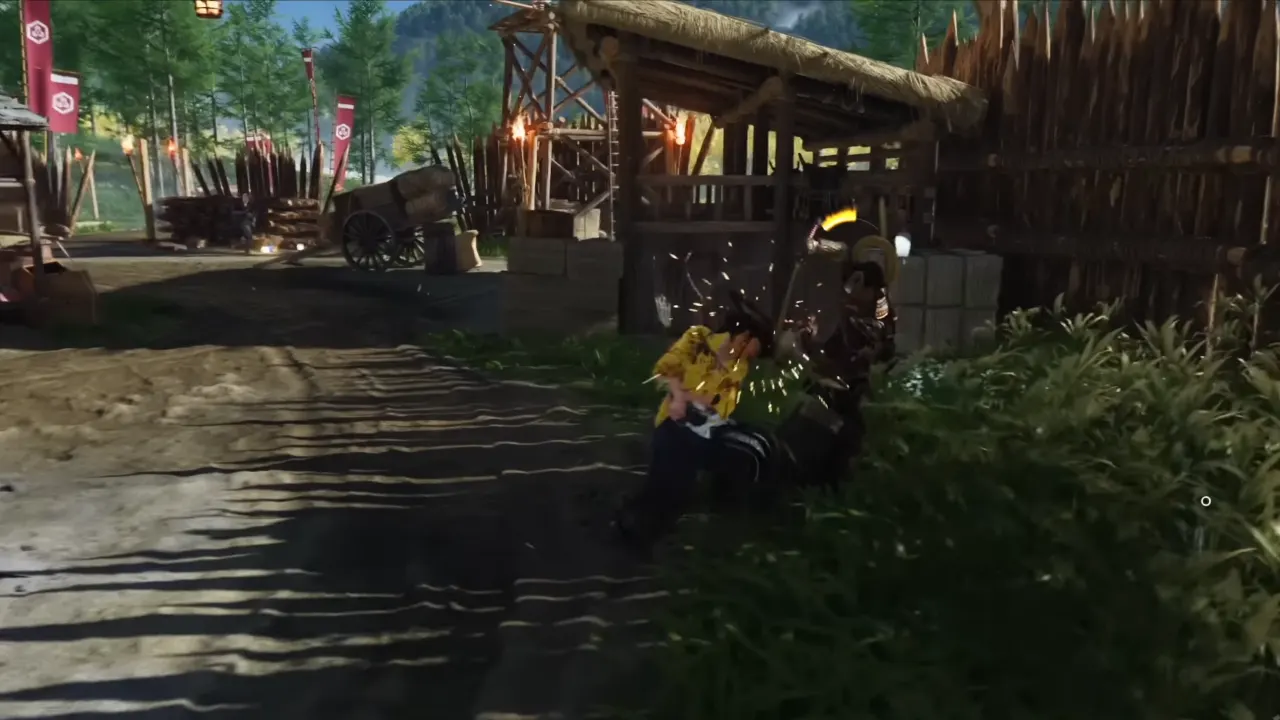
Ghost of Tsushima follows Jin Sakai, a conflicted samurai trying to protect his home from Mongol invaders in 1274. Ghost of Yotei starts in 1603—by then, Jin’s story is ancient history. Your new lead, Atsu (another name Onryo) is a female warrior (an Onna-musha) who isn’t anyhow related to Jin’s clan.
She is not here to uphold honor, but she’s here for vengeance after her family gets wiped out by the Yotei Six, a rogue bandit faction. So, the games share a universe, but not a plot. You won’t be lost playing Yotei cold. The story connection is loose, more “spiritual successor” than “essential prequel.”
Further, Ghost of Tsushima’s theme was honor versus necessity. Jin wrestles with whether to stick to the samurai code or use unorthodox tactics to save Tsushima. It’s thoughtful, almost meditative at times. Ghost of Yotei throws honor out the window. Atsu is a vengeful spirit, and her events revolve around hunting down Lord Saitō and the six lieutenants who helped butcher her family. It’s more folklore-inspired, leaning into Japanese myth and anime influences.
- Related: Is Ghost of Yotei Open World?
Gameplay Connections and Easter Eggs
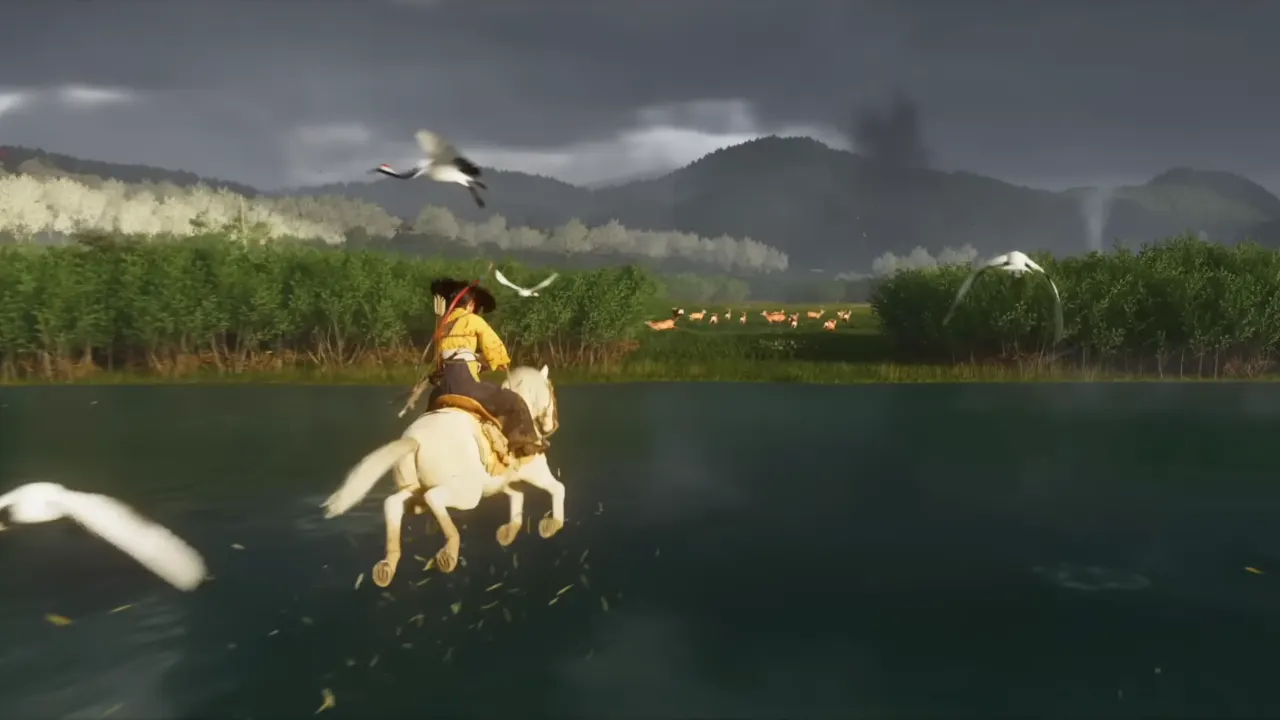
Do you need to play Tsushima for gameplay mechanics? No. But should you? Maybe.
The two games share DNA in combat mechanics, stealth tools, and the rhythmic swordplay Sucker Punch nailed. If you want to walk into Yotei being slick, cutting your teeth on Jin’s story first makes sense. That said, Yotei introduces new weapons, hard enemy types, and fresh traversal. If you’re not worried about a learning curve, you could skip straight to Atsu’s tale.
Even though Jin won’t cameo (he’d be dust by 1603), Tsushima set the foundation for this universe. There’s always a chance Sucker Punch will mention a few references, such as clan names, legendary weapons, and whispered myths about the original Ghost. To learn about such details, you’ll appreciate Yotei more with Tsushima under your belt. But again, that’s fan-service. Not mandatory reading.
The “Good Anime Factor” Yotei Brings
That’s where the sequel makes its own case. Ghost of Yotei has a Watanabe Mode, named after the director of Samurai Champloo and Cowboy Bebop, with lo-fi beats to soundtrack your swordfights. Atsu’s gear and armor, including dual blades, kusarigama, and grappling tricks, already seem wild, and extra stylized anime flair doubles down on the style shift.
Tsushima was cinematic and solemn, while Yotei is stylized, furious, and weirdly cool, so you don’t need to play Jin’s saga to align with Atsu’s.
To sum up, you should play Ghost of Tsushima to enjoy Sucker Punch’s samurai world. It’s one of the best open-world games of the last gen, and will give you context, mechanics to learn, and a great story. But if you only care about the new content, Ghost of Yotei is a standalone. You won’t miss key story beats.

